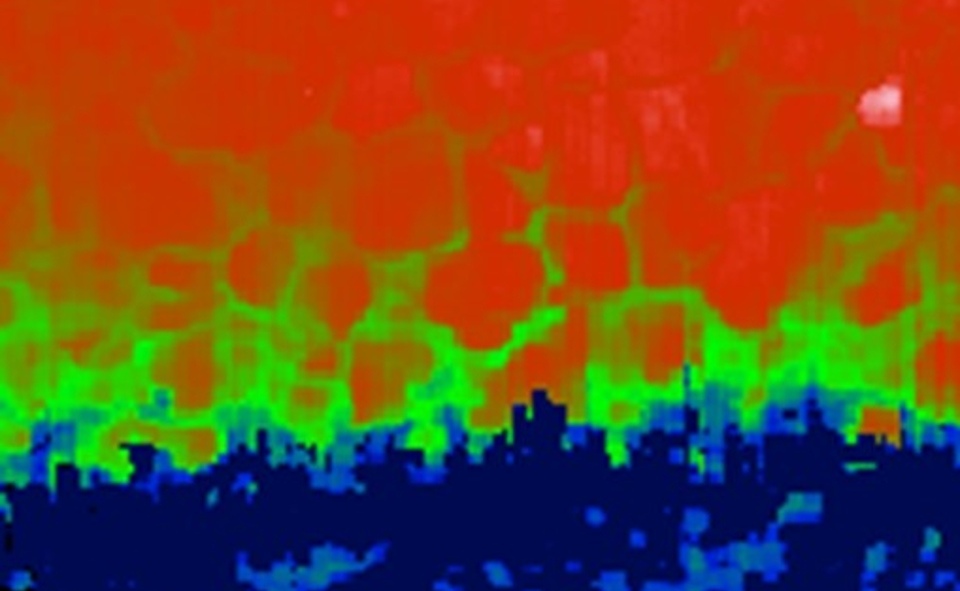Funded by the Engineering and Physical Sciences Research Council, the National Facility for High Resolution Cathodoluminescence (CL) Analysis will be the first of its kind globally and open to researchers from around the world.
The facility will aid with the development of solar cell technologies, LEDs, quantum dots and other devices that operate on both light and electrical currents, known as ‘optoelectronics’.
The properties of materials used in solar cells and optoelectronic devices are governed by processes that occur at the atomic scale.
The new facility, set to open this summer, will house a scanning electron microscope (SEM) and a scanning transmission electron microscope (STEM), both with cathodoluminescence capabilities.
The SEM will allow researchers to analyse devices at the microscale – with one micrometre (1μm) equivalent to one-millionth of a metre.
Important features can then be selected, removed, and analysed in the STEM at the nanoscale (the scale at which atoms are measured, with one nanometre (1nm) equivalent to one-thousandth of a micrometre, or one-billionth of a metre).
The cathodoluminescence capabilities of the microscopes will allow researchers to compare images and pinpoint defects or impurities that affect solar cell performance.
This information can then be used to make modifications to materials or processes and improve device performance.
Professor Mike Walls, of the Centre for Renewable Energy Systems Technology (CREST), and Loughborough Materials Characterisation Centre (LMCC)’s Dr Mark Jepson and Dr Zhaoxia Zhou led the bid for the facility.
Professor Walls said the facility will “help maintain the UK's position as a research leader in photovoltaic and optoelectronic device development”.
He commented: “We are very proud to have been chosen to host the National Facility for High Resolution Cathodoluminescence.
“Loughborough University is well known for its research in solar cells, and CREST already has a reputation for world-class materials characterisation.
“This facility will have a capability that is unique worldwide and the results will have a huge impact on our understanding of how solar cells work at the atomic level.
“Its impact is going to be international.”
Dr Jepson and Dr Zhou commented: “It is a privilege for LMCC to hold a leading role in this grant alongside CREST as it allows us to collaborate with international academic leaders, explore new ambitious research areas and provide additional services to industrial clients too.
“As we look to purchase, install and undertake training for the new equipment, the next few months will be very exciting and will help us plan the next stage of our development.”
